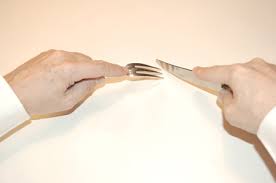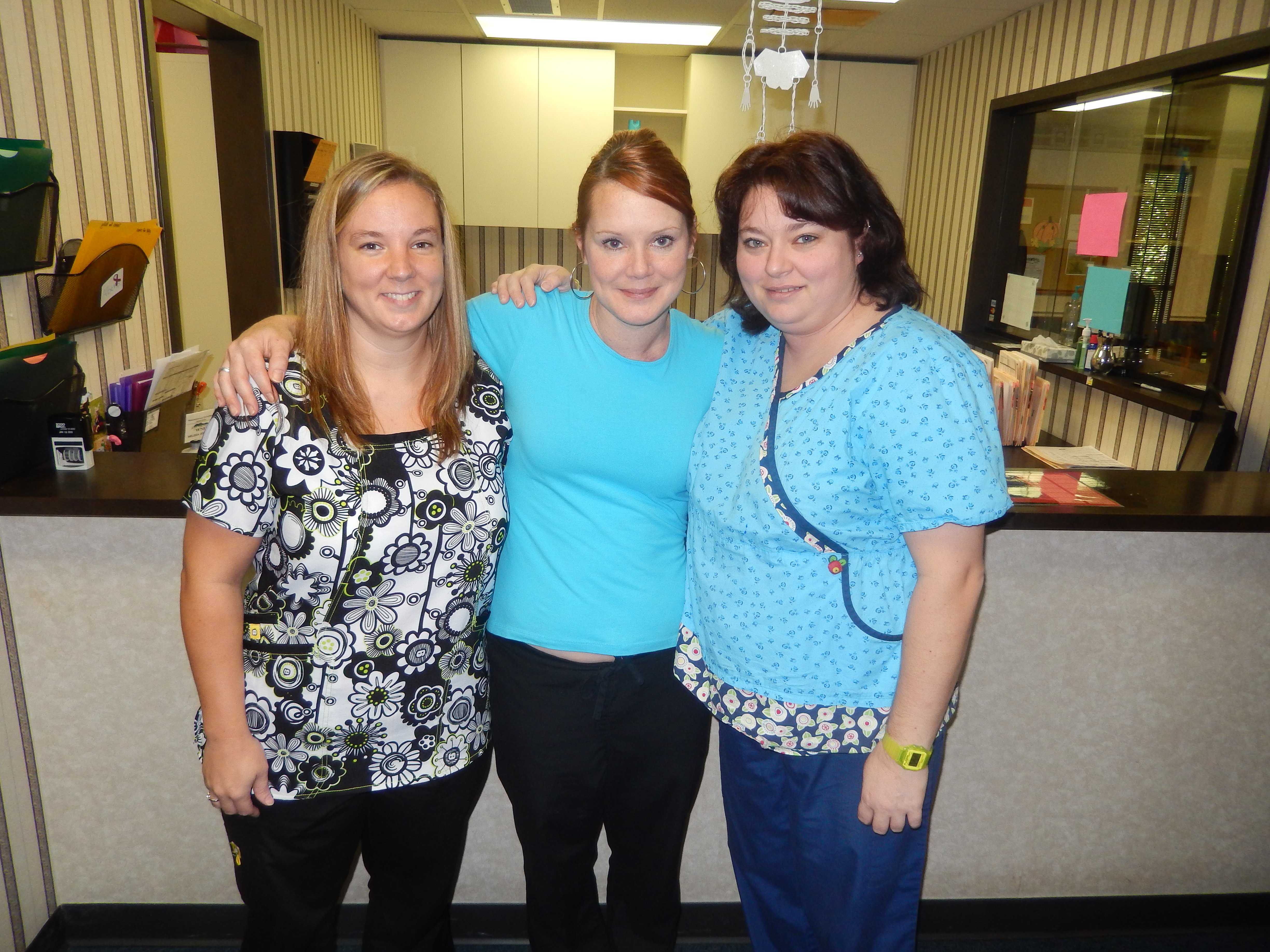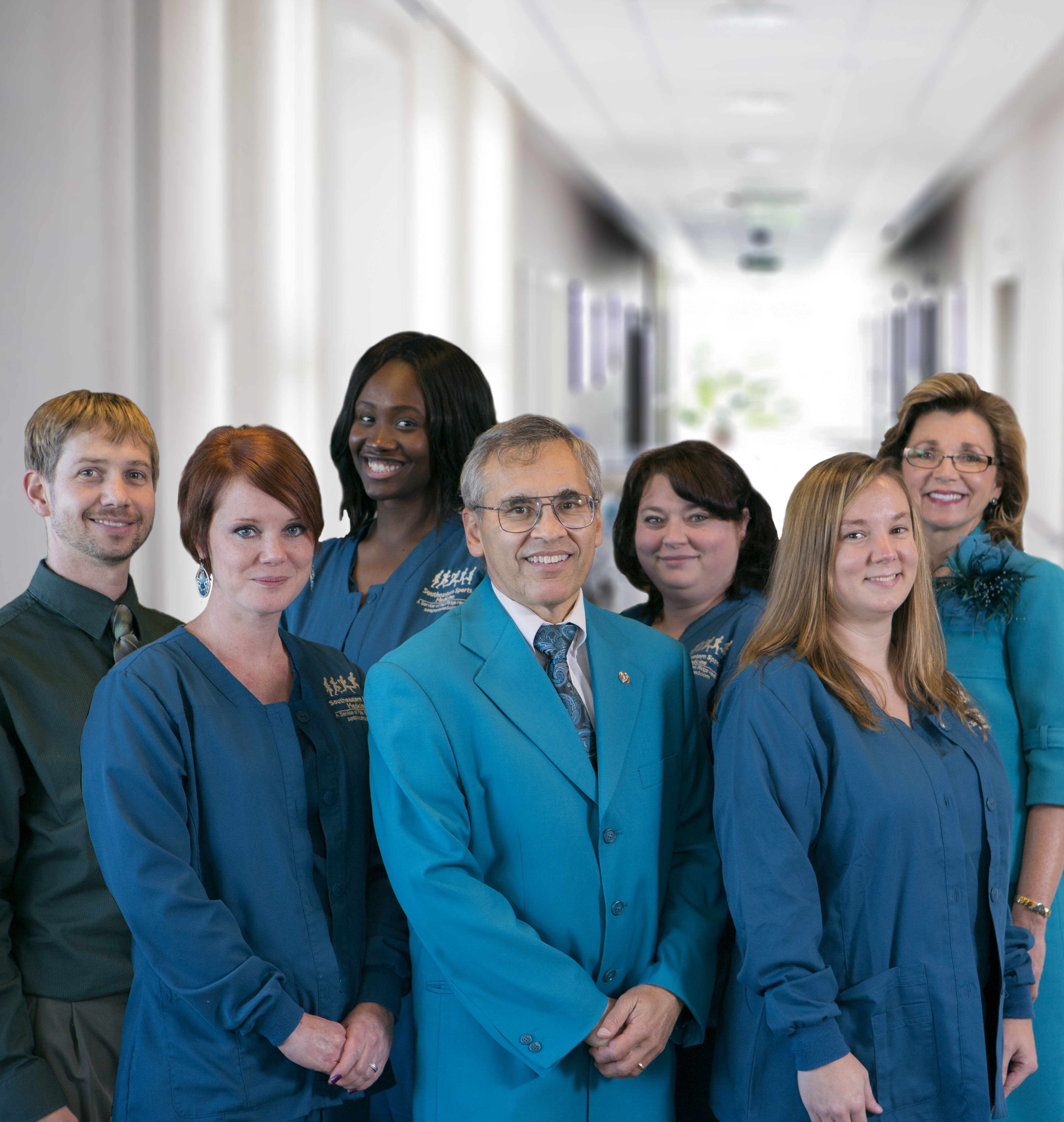
There are a lot of frustrated and unhappy people out there when it comes to their perception of healthcare today. The contemporary practice of medicine is changing, rapidly, and those changes have been a challenge for patients and physicians alike. The list of reasons for this is lengthy. Certainly physicians and hospitals are finding it difficult at times,to meet all the changes and demands put on them, by insurance companies and the government. And there is a loss of autonomy that a physician used to feel in his or her own practice. Many physicians and their practices are owned by hospitals or other business entities which makes physicians worker bees, of sorts.
However, just because things are changing and medical groups are getting larger doesn’t mean a patient can’t have a meaningful and effective relationship with his or her physician and get excellent medical care. It does mean, though, a patient may have to shift his or her thinking and adjust their approach when it comes to their own health. Patients who take more responsibility for their health and learn to work the system and their physician’s practice effectively, can reduce the frustration and miscommunication that is a common complaint today.
Some tips to help navigate a modern medical system with more effectiveness are:
*Be proactive about your health before you get sick, if possible.
*Know the routine of your physician’s office.
*Try to see the same physician at every appointment for continuity and to establish a relationship.
*Learn the names of the medical staff you deal with, in person and on the phone.
*Learn the best times to place a call to the office. Avoid Monday mornings at 9 a.m., before lunch and minutes before the office closes.
*Plan ahead for prescription refills. Don’t wait until you only have one day’s worth of medicine left or until the weekend to try and get your medications refilled. Most physicians will not refill narcotics over the phone, especially the physician on call who doesn’t know the patient.
*Learn how to navigate the telephone system. Ask for the extension number of the nurse and how to get a “live” person.
*Understand the protocol for emergencies. Do you go directly to the hospital? If so, which one. Or do you go to an urgent care facility or to your physician’s office, if it is during office hours.
*Find out what hospital your physician goes to. Many large medical groups split the hospitals for efficiency. Your physician may not make rounds or have privileges in your preferred hospital.
*Be sure you get the name of the people providing your care. If the staff or physician does not introduce themselves, ask for their name and position at the start of your visit. Be sure to introduce yourself, how you’d like to be addressed and any family members with you.
*Turn off your cellphone! Taking calls during your appointment is rude and disruptive. Many physician offices today have no-cellphone signs in their waiting areas and exam rooms.
*Find out how your physician handles test results. Some offices call patients with test results only if there is a problem. If in doubt, or if you are anxious about test results, call. If you are tech savvy, your electronic medical records can be accessed without even picking up the phone.
*Call ahead and see if your physician is running way behind, if timely appointments are a concern. Ask again when you arrive and check periodically during your wait if it is getting lengthy. If you can no longer wait, reschedule, but let the front desk know this has been an inconvenience for you. Your time is valuable too.
*Be familiar with the patient privacy guidelines and be sure to document the family members who are privy to your medical information.
*Consider taking a family member or trusted friend to your appointments. If you are elderly or have serious medical issues, another person can act as an advocate and help prevent errors in information transmission.
*When making an appointment, find out if it is essential to arrive 15 minutes ahead of your appointment time to fill out paperwork.
*Courtesy is important on all sides. Make sure you are considerate. If you encounter rudeness from a staff member or physician, respond kindly. This can often defuse the behavior. We all have a bad day, but if it is one individual, and the behavior is persistent, let the physician or management know. They can’t fix a problem if they don’t know about it.
*Change practices if the personalities and attitudes of a particular office are something you can’t live with. Be sure to let the office know why you are leaving. Health care is very competitive today, and there are many other groups waiting for your business.
*Document serious glitches. For instance, if you call multiple times and no one returns your calls, let management know. Waiting for long periods of time without a response can hold up treatment and/or progress.
*The Dr. Welbys, who used to make house calls and who seemed to have all the time in the world to spend with their patients, may be passe, but there are many fine caregivers who have replaced them. On the surface, their style, accompanied by advanced technology, may make things seem very different, but the ultimate goal of most physicians is to care for people and make them better. Be sure you are doing your part in this process. And remember, change is not always a bad thing. Without it, there wouldn’t be many of the good things that modern medicine has provided.
However, courtesy and good manners are never out of style and are always important. Letting your physicians know they could ramp up the courtesy and professionalism in their practice may help them and your relationship with them.



